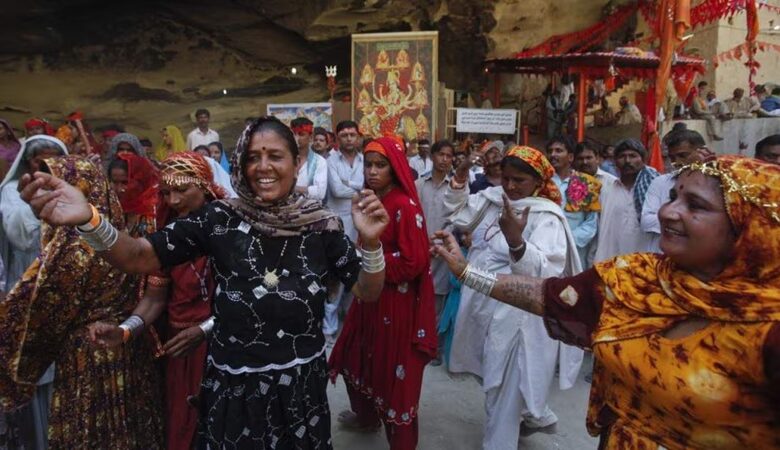Two Hindu temples in Balochistan draw renewed focus amid calls for Independence
News Mania Desk / Piyal Chatterjee / 19th May 2025

As Baloch separatist movements heighten their calls for independence from Pakistan, two of the area’s oldest and spiritually important Hindu temples, the Hinglaj Mata and Katas Raj temples, are again in focus due to their profound cultural and religious connections to India.
The Hinglaj Mata Temple, situated in Balochistan’s Lasbela district, is one of Hinduism’s 51 venerated Shaktipeeths, recognized as Hinglaj Shaktipeeth. In Hindu mythology, this location signifies where Goddess Sati’s head descended, rendering it a deeply revered place of pilgrimage.
Situated near the Hingol River and surrounded by the dry hills of Hingol National Park, the temple has historically been a revered site for Hindu followers from Sindh and Balochistan as well as some Muslims, who call the deity Nani Pir. The yearly Hinglaj Yatra, though challenging due to the desert landscape, draws thousands of worshippers and carries significant spiritual value. The site’s interfaith respect contrasts sharply with the current unrest in the region, where Baloch rebel groups are now openly proclaiming their independence from the Pakistani government.
Another holy site attracting renewed interest is the Katas Raj Temple, situated in the Chakwal district of Punjab, close to the boundary of Baloch cultural influence. Although located outside of Balochistan geographically, the temple is connected culturally and religiously to the wider Hindu heritage of the area.
Katas Raj, devoted to Lord Shiva, is home to the holy Katas Kund—an lake thought to have been created from Lord Shiva’s tears as he grieved for Sati’s demise. The temple complex, renowned for its tranquil design and spiritual ambiance, dates back to the Mahabharata period and is linked to the Pandavas and the esteemed philosopher Adi Shankaracharya.
Historically, the Katas Raj complex functioned as a significant hub of Hindu education and philosophy, featuring structures that combine Hindu and Buddhist architectural styles. After the 1947 Partition, regular Hindu rituals at the location decreased notably because of the tense India-Pakistan relations, although it continues to represent a vital emblem of the subcontinent
As the political situation in Balochistan keeps changing, these historic temples reflect the lasting spiritual connections between India and the area, while also emphasizing the intricate layers of identity, heritage, and memory ingrained in the subcontinent’s past.






